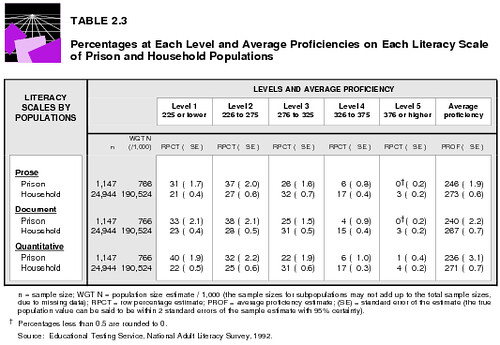The Associated Press reported 20 Dec 2009 that
U.S. prison population headed for first decline in decades.
Why?
…the economic crisis forced states to reconsider who they put behind bars and how long they keep them there, said Kim English, research director for the Colorado Division of Criminal Justice.
In Texas, parole rates were once among the lowest in the nation, with as few as 15% of inmates being granted release as recently as five years ago. Now, the parole rate is more than 30% after Texas began identifying low-risk candidates for parole.
In Mississippi, a truth-in-sentencing law required drug offenders to serve 85% of their sentences. That’s been reduced to less than 25%.
California’s budget problems are expected to result in the release of 37,000 inmates in the next two years. The state also is under a federal court order to shed 40,000 inmates because its prisons are so overcrowded that they are no longer constitutional, Austin said.
Some states even try not to lock up as many people in the first place:
States also are looking at ways to keep people from ever entering prison. A nationwide system of drug courts takes first-time felony offenders caught with less than a gram of illegal drugs and sets up a monitoring team to help with case management and therapy.
Studies have touted significant savings with drug courts, saying they cost 10% to 30% less than it costs to send someone to prison.
“I don’t think they work — I know so,” said Judge John Creuzot, a state district judge in Dallas.
Maybe Georgia could stop locking up so many people for drug and
other minor offenses, not keep them in as long, and do something
to integrate them back into the community instead of locking them up again.
 Geoffrey Alderman writes in the Guardian about
What next – penalising students for taking caffeine?
Geoffrey Alderman writes in the Guardian about
What next – penalising students for taking caffeine?





